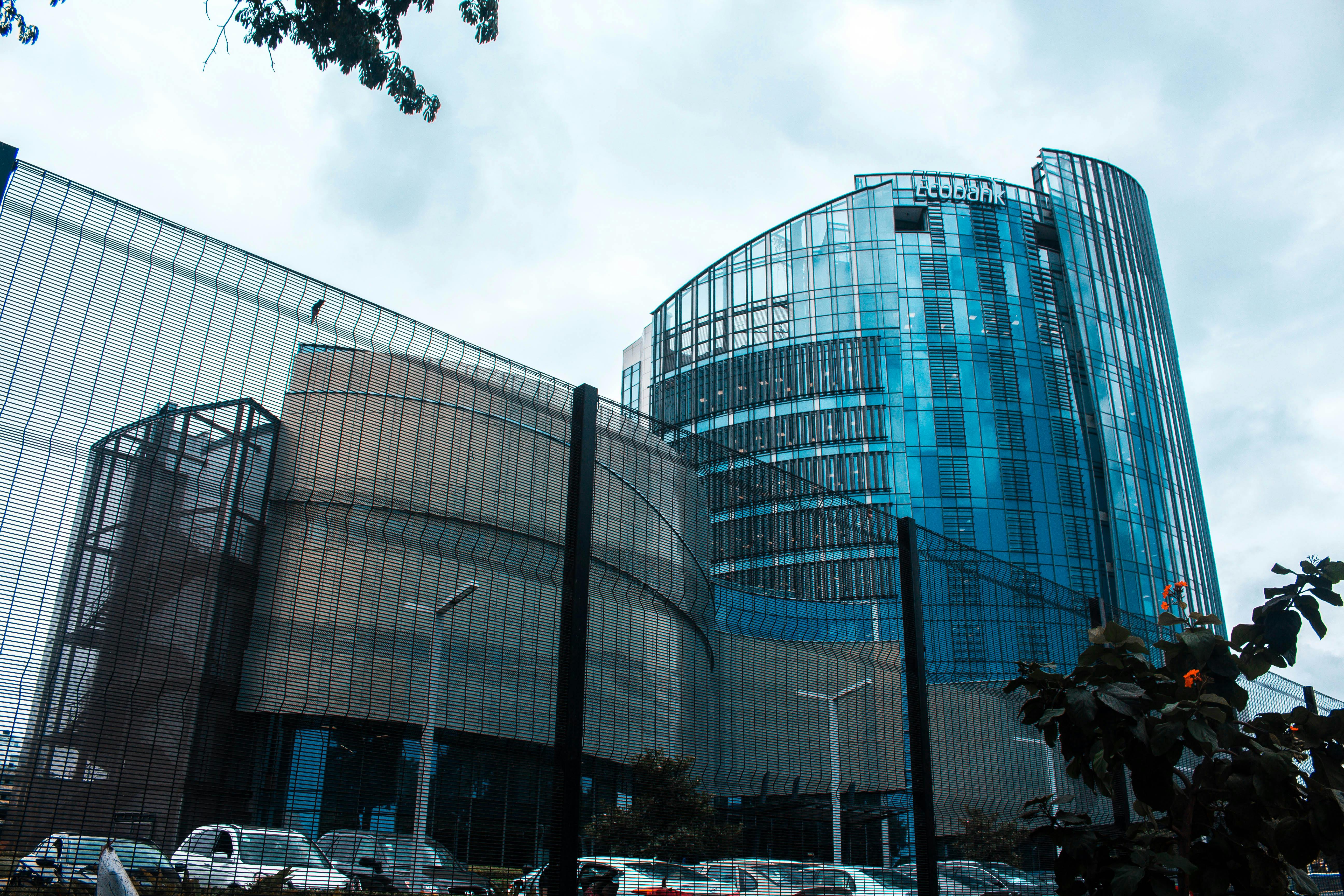Commodities are basically raw materials that make up the goods we manufacture, transport or consume.
A commodity market is one that facilitates the trading of various commodities. This market has had a tremendous economic impact on nations and people, both historically and today. Shortages of critical commodities have caused wars throughout history (not forgetting that when Japan ventured into foreign lands for oil and rubber we faced World War II), while oversupply can have an impact. devastating in a region by devaluing the prices of basic commodities.
The four categories of commercial products include:
- Energy (such as crude oil, heating oil, natural gas, and gasoline)
- Metals (such as gold, silver, platinum, and copper)
- Livestock and meat (such as lean hogs, pork bellies, live cattle, and feeder cattle)
- Agricultural (such as corn, soybeans, wheat, rice, cocoa, coffee, cotton and sugar)
There are about 30 actively traded commodities that one can choose from the US futures exchanges. Naturally, new commodity traders wonder about the top tier options when it comes to choosing commodities to trade.
In a nutshell, the factors to consider when choosing the best commodities to trade are market liquidity and fundamental trends.
However, to begin with, it is best to stick to raw materials where one already owns some basic industry knowledge. Knowingly or not, we all have some reasonable knowledge of at least one product through some form of work experience. For example, people in the candy or confectionery business closely watch the price of sugar, while jewelers monitor precious metal prices on a daily basis and know what is hot and trending.
With some basic knowledge, one can move on to select commodity trades that are within one’s risk parameters. It is important to realize that not all commodities carry the same risk. That is why some fundamental ‘trend trading’ is required to do the risk analysis.
A commodity market can be a spot market or a derivatives market. In spot marketcommodities are bought and sold for immediate delivery, while in derivatives market, various financial instruments based on commodities are traded. These financial instruments called ‘futures’ are traded on exchanges. To find out the volatility of each commodity, the futures margin of each commodity must be checked. The margin on a futures contract depends on the amount of risk with each commodity (the daily price swings of futures contracts), so make sure the amount of risk is right for you when choosing a commodity to trade. . To do that, fundamental and technical trend analysis techniques are required. For example, a trader expecting a long-term rise in corn futures prices will still want to use tools like candlestick pattern formations to watch the daily movement of futures prices in order to get the best trading price. purchase, even if he or she may hold futures contracts for months or years. For the novice commodity trader, the best commodities to trade may be those with less market volatility and therefore less risk of substantial losses.
Some major commodities can quickly become risky investment propositions because they can be affected by eventualities that are difficult, if not impossible, to predict and therefore prone to wild swings for no apparent reason. Unusual weather patterns, natural disasters, epidemics, and man-made disasters are some of the factors to consider when investing in grains and livestock. For example, a severe winter on the North American Great Plains can result in the death of many cattle and cause the price of beef to skyrocket. An astute trader can look at a weather map of a severe storm passing over Nebraska and Iowa and anticipate a drop in June live cattle futures. Similarly, an unexpected drought or flood can lead to a reduced supply of cereals on the market. Therefore, it is essential to predict when large price movements usually occur so that one can allocate the liquid assets in the market accordingly.
Some professional traders like to focus on one or just a few basic products to trade. There is a solid logic behind this approach as one comes to intimately understand all the little quirks of a commodity that many traders overlook. However, just as there are reasons to diversify a stock portfolio, there may be reasons to diversify when trading commodity futures. Although the potential return on investment in trading interest rates or gold futures may be tempting, hedging (making an investment to reduce the risk of adverse price movements in an asset) in the form of trade a balanced portfolio of commodities it may be safer and more profitable in the long run.
Therefore, the best commodities to trade are those that the trader knows the most about and is willing to monitor closely enough to stay ahead of the market. For interest rates and currencies, The trader will need knowledge of economics and politics, as well as the banking systems of the countries involved. Trading oil futures, energy credits or natural gas futures requires a sense of economics, as a recession can decrease demand substantially. Similarly, precious metal futures trading also has a lot to do with economics and monetary policy. Markets and trading conditions are constantly changing, so commodities that offer good trading opportunities one year may not perform as well the next.
When trading commodities between nations, some of the important factors to consider are the means of transport, obtaining border clearance, intermediate storage where necessary and distribution of goods. Depending on the nature and volume of the goods, traders must opt for the best available means.
Compared to air cargo transportation, international ground transportation (truck and rail) is a less expensive option and can be used when there is no immediate rush on an international shipment. The rail system also allows containers to be moved to facilities where they can be transferred to other forms of transportation for their final destination. While ocean freight is the most cost-effective option when traders are looking for large freight shipments, it is important to remember that freight delivery times can vary based on a number of factors, including routes and weather conditions. To move cargo across multiple borders, merchants can avoid complications by choosing either the Ground Transportation Service or the Intermodal Transportation Service.
For headache-free shipping around the world, across multiple borders, with warehousing and distribution at both ends, complete global supply chain management services are needed. For this reason, resorting to logistics companies such as the DRT International Inc. makes complete sense. They provide customized supply chain management solutions for clients in many different industries with guaranteed information, pricing and delivery accuracy.
While it’s true that supply chain management encompasses purchasing and procurement functions, logistics companies like ShopUST have also taken that extra step to further reduce business pain points (such as concerns about product quality or supplier reliability) for global customers. clients in various industries.
These end-to-end solutions ultimately support globalization by making commodity trading a more profitable, efficient and satisfying experience for traders, while allowing the international supply and demand chain to flourish effectively.



